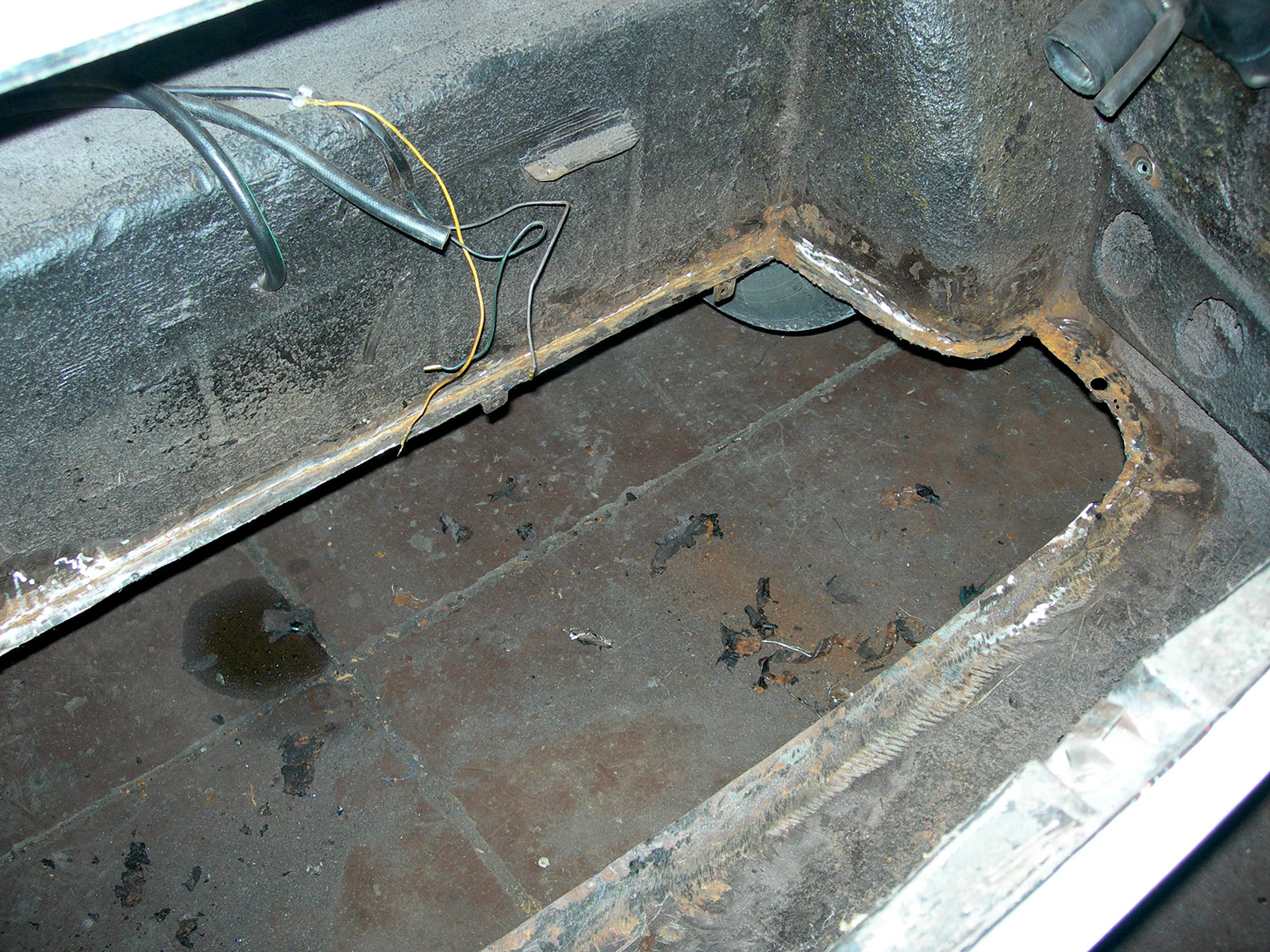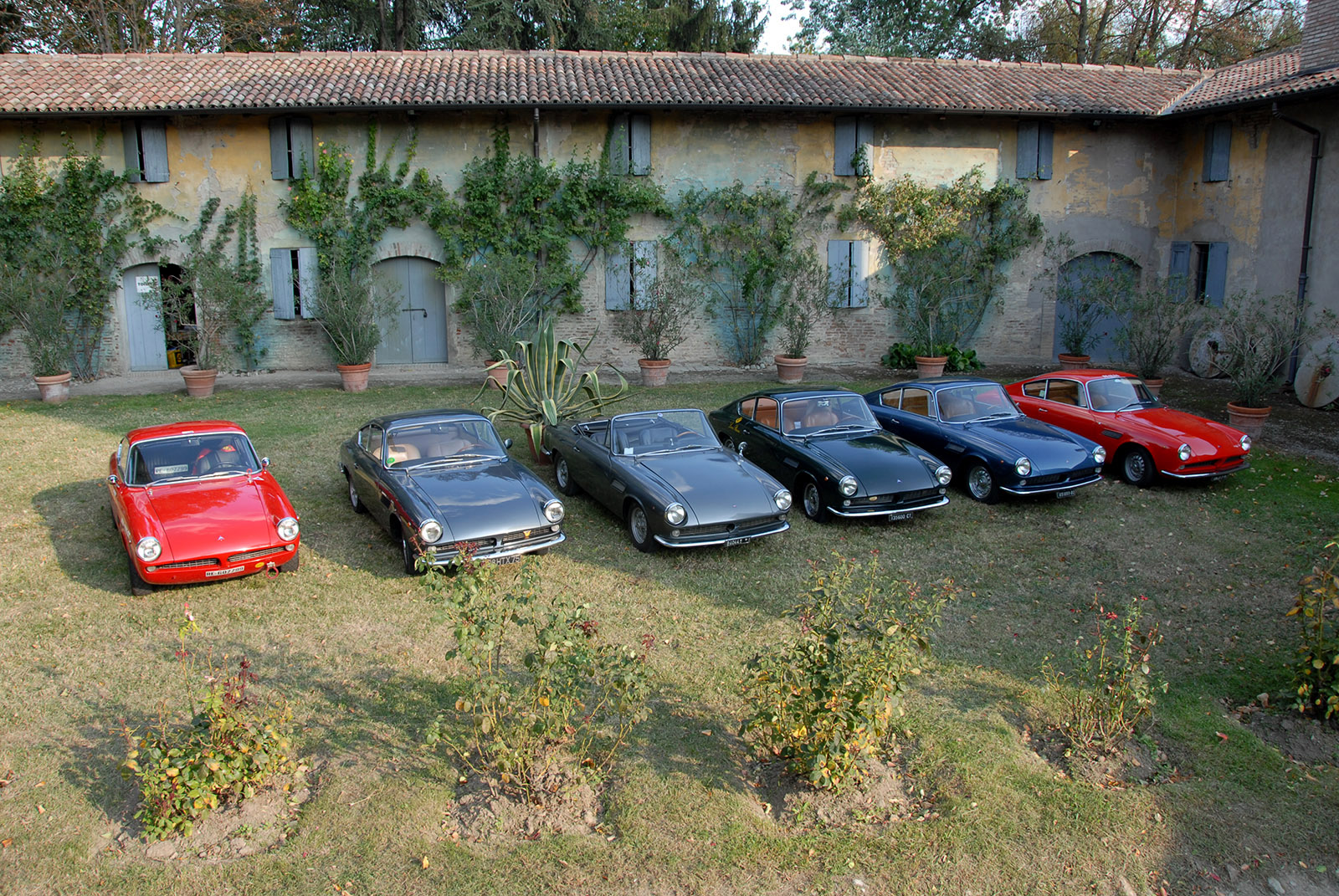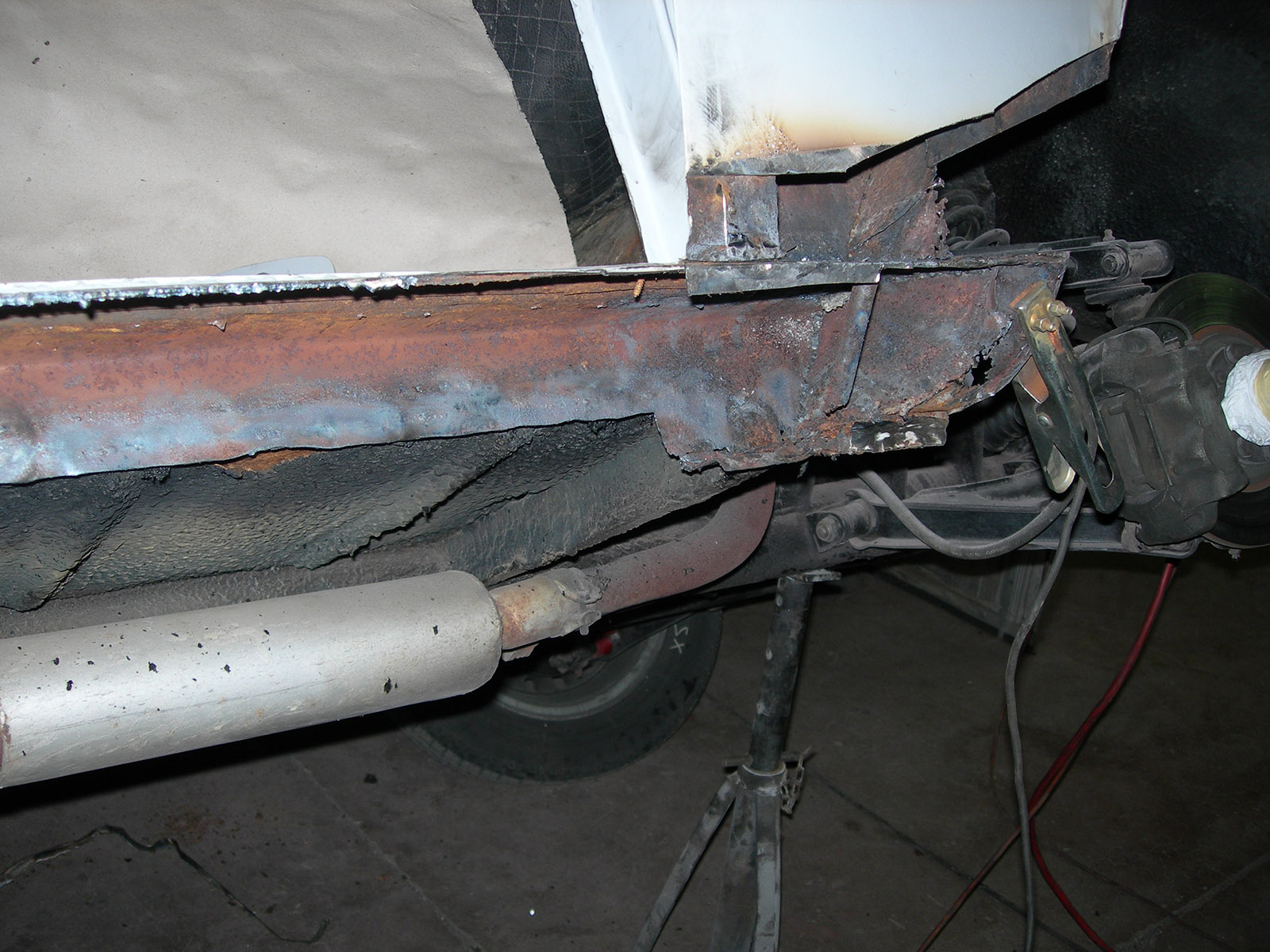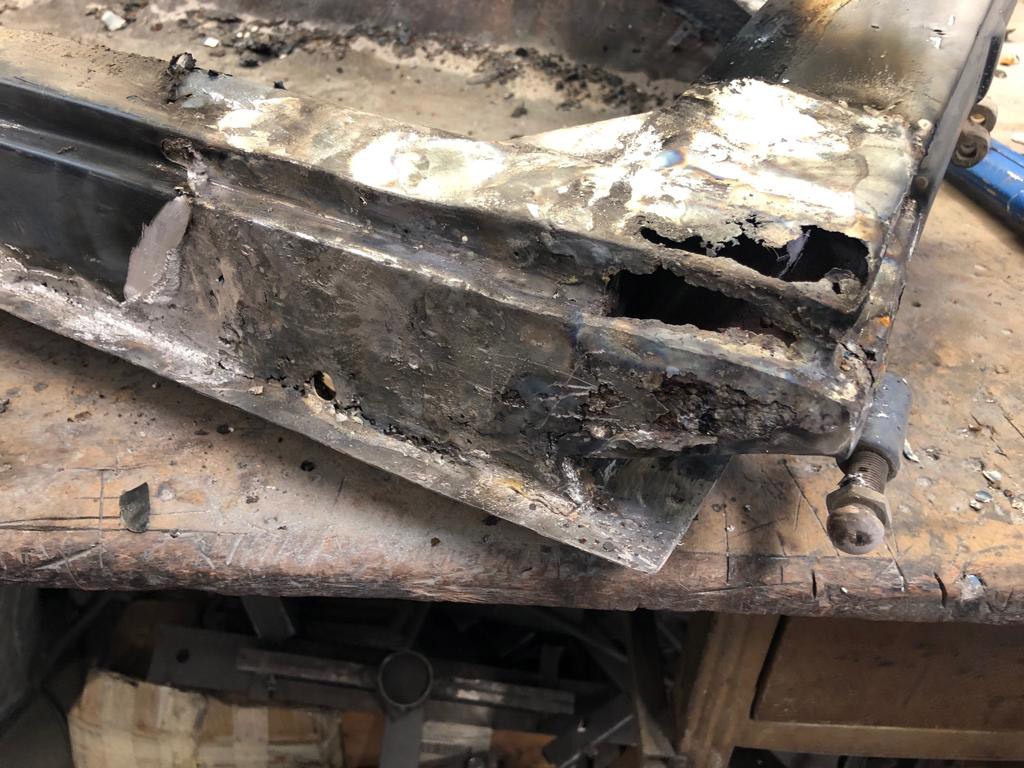Asa 1000 GT, a jewel for true connoisseurs. A Buyer’s Guide
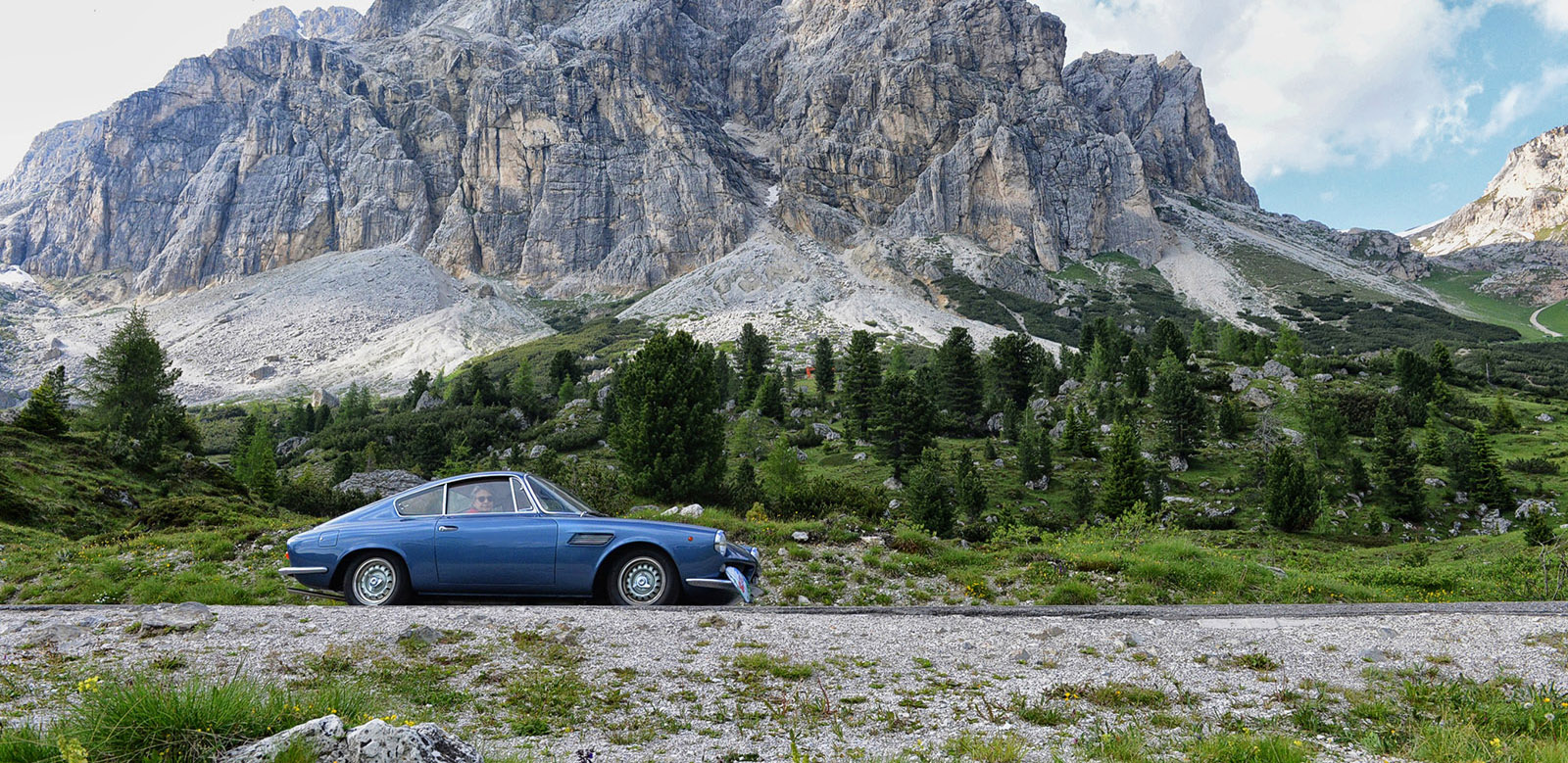
Why buy an ASA? Given the very few models built by this brand, the first answer is undoubtedly their rarity
The most “common” ASA is the 1000 GT, the so called “The Ferrarina” (literally: “little Ferrari”). It’s the version that was produced in less than a hundred units. The exact number is not known because when the Lambrate ASA factory closed due to bankruptcy, all the archives were lost, including the production data. The spider version was also produced in about twenty examples and the 411 version – a 1000 GT with a displacement increased to 1100 and with minor changes in the bodywork – of which only 5-6 cars are known. Again, the RB 613, produced only in three units, and the GTC with only one example.
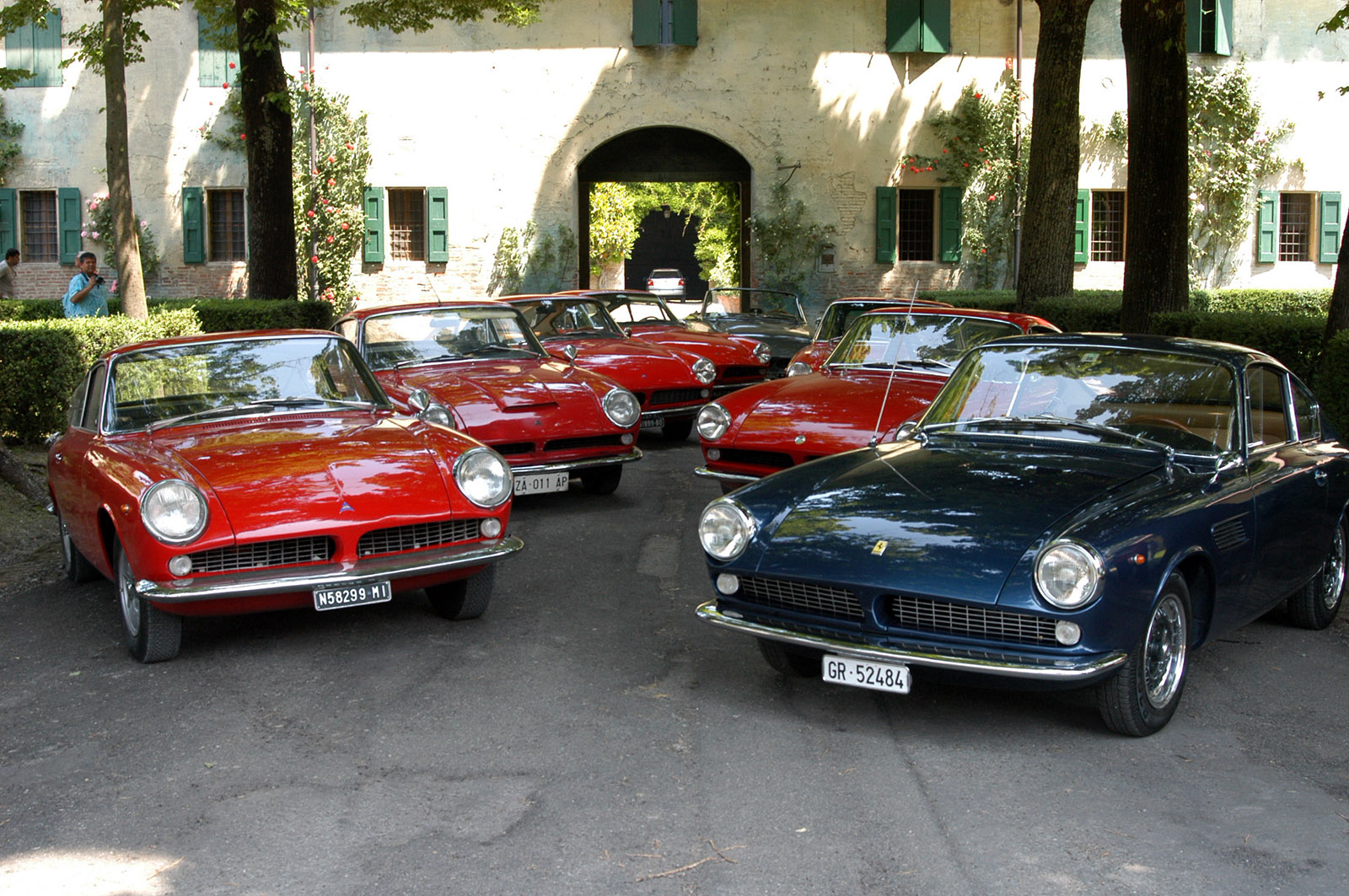
Noble origins. At the end of the 1950s, Enzo Ferrari presented at the usual end-of-year conference, in a somewhat provocative way, a small displacement engine designed by Franco Rocchi and Carlo Chiti; the engine was 850cc four-cylinder and for this reason it was called 854. Its design and characteristics are reminiscent of the 250 of the Ferrari GTs of the time. This engine was mounted on a Fiat 1200 Pinin Farina suitably modified to carry out road tests. Later, increased to 1032cc (Ferrari project code: 173), the engine was installed on a tubular chassis designed by the engineer Giotto Bizzarrini with a body made by Bertone. A very young Giorgetto Giugiaro had in fact designed a sleek and aerodynamic two-seater Coupé for Bertone. The other features were typical of a GT: front engine and rear wheel drive, two Weber DCOE 40 carburettors, front and rear disc brakes, 4-speed gearbox plus overdrive on third and fourth, aluminum hoods. After presenting this car at the Turin Motor Show in 1961, Enzo Ferrari decided to sell the project to his friend Oronzo De Nora, an entrepreneur in the chemical field and inventor of the Amuchina.
Exclusive and of great value. For the combination of the two previous factors – the prestigious genesis and the rarity – assuming that they are still found, the ASAs are a possible good investment, since, even if they are purchased in this period, taking into account the amounts of other cars of the same type, we can safely think that the price can only be on the rise. The particularity of being a Ferrari project, at least for the 1000 GT, makes it arouse the interest of the collector who appreciates its avant-garde technical characteristics, as well as the prestigious string of names that contributed to its birth. In reality there should be a clear distinction between the 1000 GT and the other ASAs but we can say that, apart from the RB 613 and the GTC, also used in races such as Le Mans and the Targa Florio in the years 1965-1966, given the small production of such models a marked differentiation between them does not exist.


What to check before buying. As you know, for all vintage cars there is a main enemy. Rust. In the ASA it mainly concerns the lower part of the car that goes from the front wheel arches to the sill. The main cause are the slits in the hot air outlet located in the upper part of the front fenders. Obviously, the lower part of the doors must also be well checked (see photo). It is necessary to make sure that there are all those elements in which the ASA frieze is present even if, lately, some of these have been reproduced. The chassis numbers are always even and, apart from the two prototypes 996 and 998, they start at 1000, a little quirk of the designer – Ferrari in this case. For the mechanical part, the spare parts are very difficult to find and therefore, in the case of a total restoration, you can run into great difficulties, while the electrical part presents less difficulty as components similar to those of the Alfa Romeo and Lancia cars were used. Finally, one last tip for an excellent source of details and insights: the book ASA The epic of the “Ferrarina” by Franco Varisco (Nada).
Article by Registro internazionale ASA, Asa Register
© RIPRODUZIONE RISERVATA
